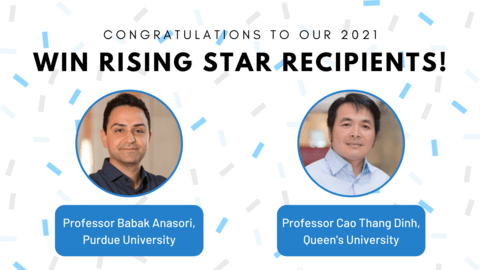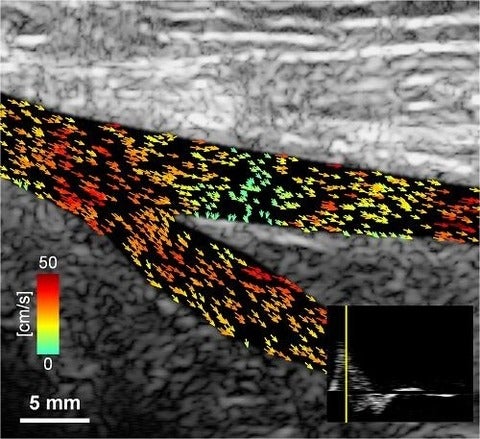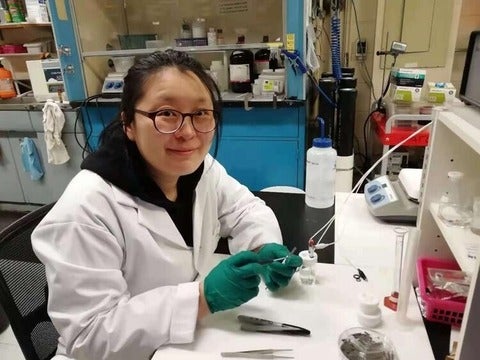Anita Layton named Fellow of the Royal Society of Canada
Anita Layton, WIN member and professor of Applied Mathematics, Computer Science, Pharmacy and Biology, has been named a Fellow of the Royal Society of Canada (RSC). The prestigious RSC award is the highest honour an individual can achieve in the arts, social sciences and sciences. It reflects Layton’s outstanding career as a researcher, academic and mentor. Layton is one of 102 new Fellows elected this year by their peers for their outstanding scholarly, scientific and artistic achievements.



